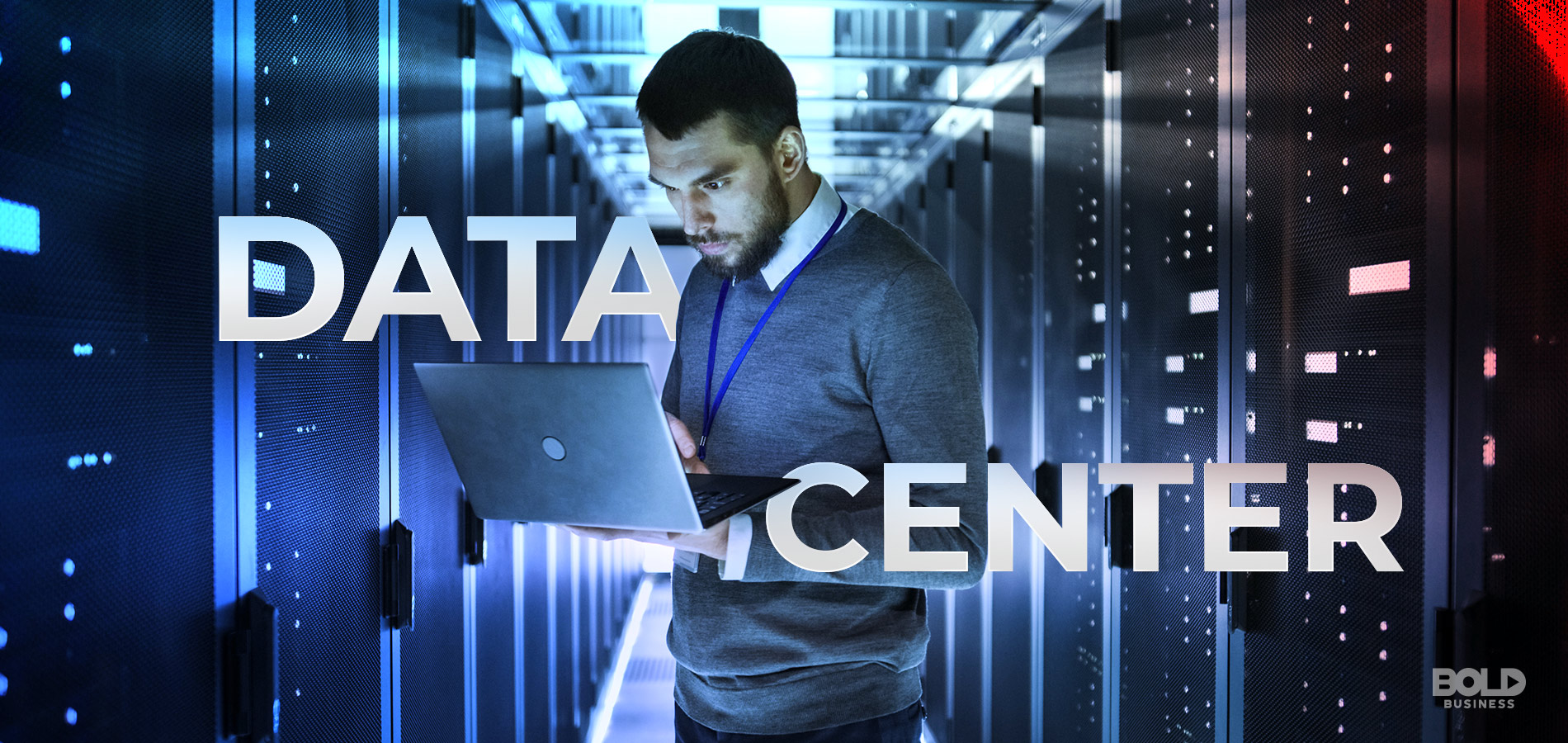The Truth About Data Centers
We live in a digital age in which almost all of the information we consume is electronic. Tax forms, bank statements and even books are all stored, retrieved, and can be viewed electronically. About 1.8 trillion gigabytes of data were produced in 2011, and our data production has only increased in the years since. Data centers, or server farms, are an essential part of this growing digital ecosystem. Data centers are groups of servers, often taking up entire buildings, dedicated to storing and retrieving data. These oft-overlooked centers offer insight into how massive the infrastructure that supports our modern society truly is.
Data on a Massive Scale
With all of our electronic devices producing trillions of gigabytes of data, it follows that the servers required to contain and manage it would be large as well. Depending on their function and the specific data they will be storing, center size can vary from the size of a room to an entire building solely dedicated to housing servers. Google has thirteen dedicated server farms, each of which can hold up to 50,000 servers. Many companies like Google, Microsoft and Facebook run massive centers like this all over the world.
Because these data centers are entirely dedicated to storing electronic data, their design is unique compared to other buildings. Anyone looking to design data centers must take a data center design course to learn the specific considerations for data center design and upkeep. For example, apart from maintenance, server banks don’t require a person to operate them. Data centers don’t need very many employees to maintain them, allowing them to be housed in remote locations far from population centers. This also allows for buildings to be designed without many facilities typically used by employees, allowing as much space as possible to be dedicated to storing data.
Environmental Impact
As you might expect, entire buildings dedicated to running giant computers use a lot of electricity. The massive scale of server farms leads to massive energy consumption; the biggest data servers use as much energy as a small town. Some companies have addressed this, designing centers that use less energy by either eliminating electric lighting or making the cooling process more efficient.
Whether you are looking up a new recipe or reading this article, the information you consume on a daily basis is stored somewhere in a data center. These massive yet obscure structures provide all of us with the tools and information we need in our everyday life.
